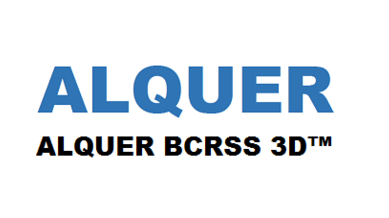Sinking of Semi-Submersible
Aban Offshore’s Aban Pearl semi-submersible drilling rig sank 13 May off the Paria Peninsula in eastern Venezuela. Aban Offshore of India says that the rig sank “following an incident…which impacted its stability.” The Aban Pearl was drilling the Dragon 6 non-associated gas well in 160 m of water when it sank. The Dragon gas field is part of Petroleos de Venezula S.A. (Pdvsa) Mariscal Sucre offshore gas production/liquefied natural gas initiative.
The Dragon field was scheduled to start commercial production of at least 600 million cf/d by end-November 2012. The Dragon field will include eight wells, a gathering platform and a 115-km, 36-inch underwater pipeline to a gas processing plant on the Paria Peninsula. Energy ministry sources said that the government’s intelligence service (Sebin) are investigating what caused the semi-submersible rig to sink.
Update: Energy Minister Rafael Ramirez says that the Aban Pearl’s alarm systems were triggered at 11:20 p.m. on 12 May after a failure was detected in the rig’s flotation systems. The rig’s 92 workers were evacuated when a tilt of 100 was registered. But the captain and a small team of naval and oil well technicians stayed aboard several hours more. When the rig’s tilt reached 150, operators shut down and disconnected the gas well from the rig to prevent a potential environmental crisis in the area. The Aban Pearl reached a tilt of 450 at roughly 1:30 a.m. on 13 May, at which point the captain and remaining technicians aboard were evacuated. The rig sank at 2:20 a.m.
Ramirez says that everything is hunky dory despite the sinking of the Aban Pearl. But sources at Pdvsa say that the Aban Pearl’s loss will set back the start of commercial gas production in the offshore Dragon dry gas field by at least six months.
Venezuelan President Hugo Chávez and state oil company PDVSA were quick to emphasise that the Aban Pearl semi-submersible rig sank off the coast of Venezuela without any reports of environmental damage, but the failure could have widespread implications as the country looks to increase natural gas production for both domestic and export markets.
According to Mumbai: the sinking of Aban Pearl, the highest earning asset of Aban Offshore, on Thursday 13 May, has triggered serious worries over the company’s cash flows. Aban Pearl has a USD 500 million contract with Pdvsa, and earned an Ebidta (Earnings Before Interest, Taxes, Depreciation and Amortization) and cash flow of USD 75 million per annum and USD 62 million per annum, respectively from the contract. Aban Pearl had an operating day rate of USD 358,000 and was contracted till 14 October by PDVSA. The semi-submersible rig was a significant contributor with annual revenues of USD 123 million and Ebidta of USD 77 million. The incident may lead to Aban losing the Pdvsa contract, thereby impacting its debt repayment capabilities.
HISTORICAL FACTS:
Treasure Seeker Built in 1977, the Treasure Seeker was an Aker H-3 design built in by Far East Levingston Shipbuilding in Singapore. It could drilling to of 25,000 ft. She was later renamed TransOcean Discoverer and then the Aban Pearl In 2006, while drilling in Nigeria; Nigerian militants attacked it. People were kidnapped, but released unharmed. In 2010, drilling on Dragon 6, water entered a pontoon and the rig sank in 525 ft. (160 m) after. All crew were saved. This picture was of the rig drilling on Troll in Norway, where it reported the highest flow rate for a well test - 3.9 million cu m/day. 

